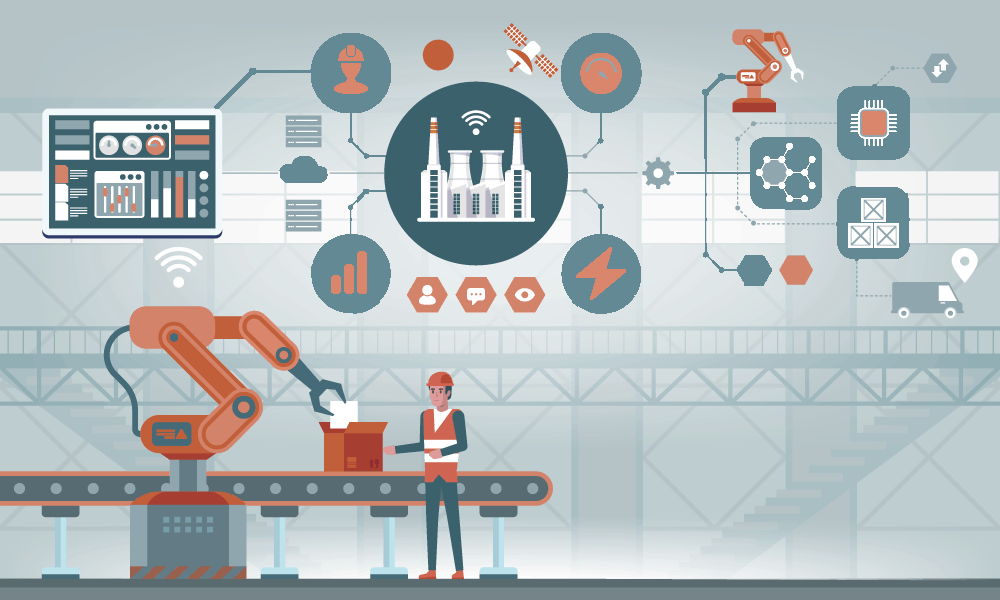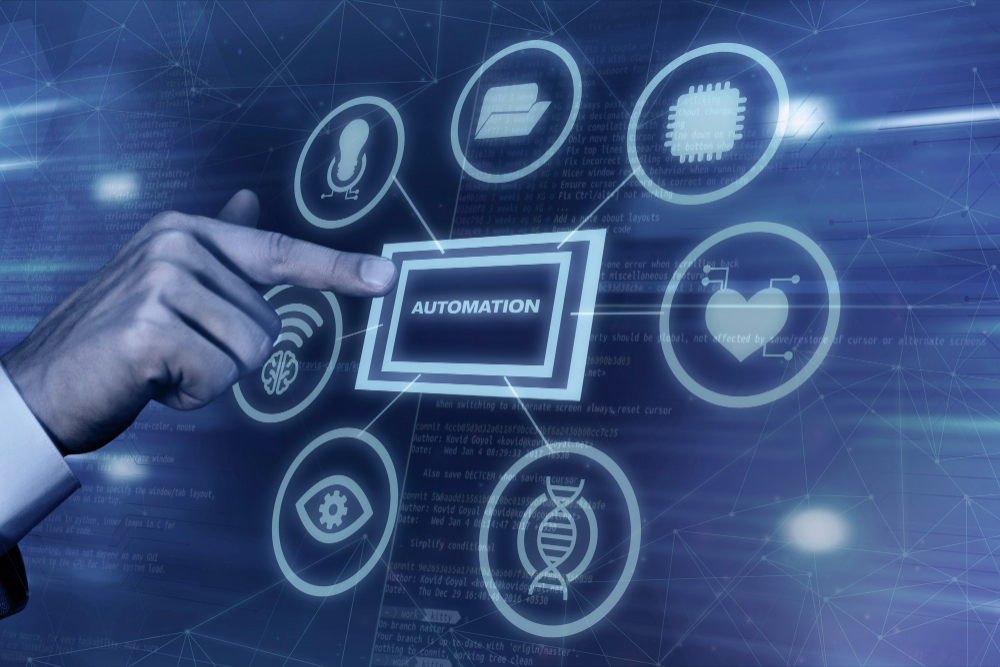Training Courses on Siemens Industrial Automation
Table of Contents
Introduction
Industrial automation is the technique of making appliances, a process, or a system operate automatically. We define automation as the invention and application of technology to monitor and control products and services’ production and delivery. Automated control machinery is used for automatic machine control, manufacturing robotics, consumer goods, and others.
Industrial automation is the automatic control system using various control mechanisms like PLC, HMI, and inverter for operating equipment. Such as machinery, processes in factories, boilers control, conveyer belt control, cotton mills, sewing, weaving, switching in telephone networks, and other applications that reduce human effort. Bangladesh Automation Technologies offering advance training courses on Siemens Industrial automation.
Best Industrial Automation Device
Industrial automation includes higher production rates and enhances high productivity, more efficient use of materials, better product quality, ensure proper safety, a small amount of labor is required, and reduced factory lead times and manufacturing cost. Worker safety is an essential issue for automated industrial operations. It is another step beyond mechanization in the scope of industrialization. Industrial product categories is a matter of fact. There are a lot of industrial automation product categories such as
- Boxes, Cabling, and Interfaces.
- Contactors and Protection Relays.
- Enclosures and Accessories.
- Human Machine Interfaces (HMI) Industrial Communication. Interface,
- Measurement and Control Relays. Measurement and
- Motion Control and Robotics.
Advantage and Disadvantage of Automation
Everything has an advantage and disadvantage. Industrial automation or factory automation has many advantages and disadvantages. Industrial automation commonly assigned to industrialization includes more production rates and increased productivity. Automation system increases product quality, ensures factory safety, reduces labor effort, and reduces factory lead times. The advantages of automation are given below
- Lower operating costs.
- Robotic system may perform work of three to five people, depending on the task
- Improved worker safety
- Reduced factory lead times
- Faster ROI
- Ability to be more competitive
- Increased production output
- Consistent and improved part production and quality
- Smaller environmental footprint
Disadvantages of automation system equipment include the high capital cost to invest in automation controlling purposes. A higher level of automation maintenance is required than with a manually operated machine control system. The disadvantage of automation is given below
- Expensive tools and developers automated testing tools are costly
- Developing time, it takes some time to write software tests
- You cannot test a product like a real user
- It isn’t easy to try the UI and UX product
Siemens PLC
Siemens is the reputed, oldest automation product brand. Most of the automation company uses Siemens PLC, HMI, and Inverter. Without that, Siemens has a lot of products. Modern industrial machinery and equipment often involve highly varied and demandable technical tasks. If we think about Siemens PLC, it is good to know that Siemens SIMATIC Technology provides an intelligent automation solution. You may rely on all challenges involving speed control of a machine, Signal acquisition or output controlling, and closed-loop control to serial communications. Integrated and scalable Siemens SIMATIC automation technology solutions save your valuable time in simple tasks or even complex problems and ensure longevity, maximum production, maximum efficiency, and flexibility. Bangladesh Automation Technologies providing required training courses on Siemens industrial automation controlling system.
Function of PLC
The function of PLC is to work successfully in the industry for industrial controlling purposes. Programmable Logic Controller communicates, monitor and control factory automation processes like assembly lines, machine functions, boiler control, conveyer belt, robotic devices, and other. The PLC functions are divided into three main categories: inputs, outputs, and the Central Processing Unit (CPU). Programmable Logic Controller (PLC) captures data from the controlling floor by monitoring inputs points and deliver it to the output points. Programmable Logic Controller is always used to monitor the input values from sensors continuously and transmit the signal to the outputs for actuators’ operation based on the PLC program. Every PLC controlling system consist of three components such as
- Central Processing Unit (CPU)
- Input and Output
- Power supply
This three-module is an essential part of the PLC. The PLC industrial controlling system renders decisions premised on a bespoke program to run, monitor, or control output devices’ conditions.
Inverter
The DC inverter is used to converts Direct Current (DC) to Alternating Current (AC). A variable frequency drive (VFD) is a motor speed controller that drives an electric motor by changing the frequency and voltage. When operated from a constant frequency power source (typically 60Hz), AC three-phase or single-phase, induction motors are fixed speed devices. A variable frequency drive controls an AC motor’s speed by varying the frequency supplied to the machine.
Benefits of VFD
There are a large number of benefits of VFD for this reason, VFD is widely used in industry to control the motor speed are listed below
- Controlled Starting Current
- Reduced Power Line Disturbances
- Lower Power Demand on Start
- Controlled Acceleration
- Adjustable Operating Speed
- Adjustable Torque Limit
- Controlled Stopping
- Energy Savings with Variable Speed Drives
- Energy Consumption
- Tighter Process Control with Variable Speed Drives
- Extended Equipment Life and Reduced Maintenance
- Problems Caused by Full-Voltage Starters
When motor speed control is required, an AC motor is paired with a variable frequency drive. It controls the motor speed by using one of two control methods, scalar control or vector control, to vary the frequency of the supplied voltage motor speed controlled by four ways using VFD.
Conclusion
Controlling systems manage the industrial automation system, such as industrial digital computers or robotics, and information technologies to handle different processes and different types of machinery in industry instead of the human being. Bangladesh Automation Technologies has been providing training courses on Siemens industrial automation for the automation engineer. Each course schedule consists of well-balanced theory and practical hands-on training to optimize the industrial controlling system’s knowledge through specific classes designed for working professionals and students.




